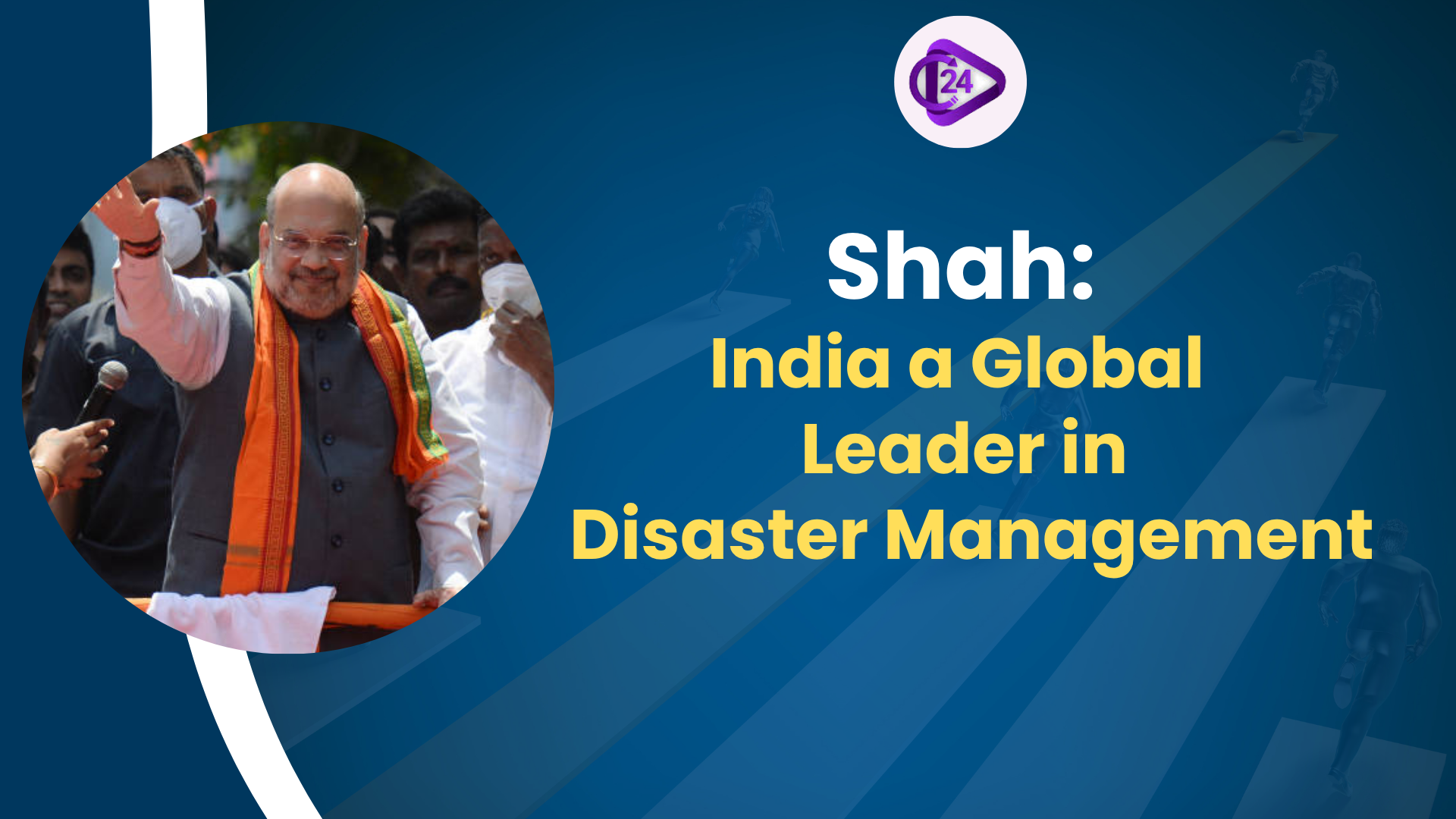
Amit Shah, the Union Home Minister, has announced that the activities of the NDMA, NDRF and other agencies of India to handle disasters has helped India lead the world in this area. Shah pointed at the change disaster mitigation has undergone in India in the last 10 years, where the country has worked to reduce process-level casualties, to zero casualty targets. He also stressed on the need to conserve the environment given global warming and climate change.
Context
-
The result of the efforts of the NDMA, NDRF, as well as other disaster response agencies is that India has emerged as a global leader in disaster response, according to Union Home Minister Amit Shah.
Key Points
The role of India as a leader in disaster management:
-
Amit Shah referred to the contributions of NDMA (National disaster management authority) and NDRF (National disaster response force), to assert India as the leader in responding to disaster management in the world.
-
The disaster mitigation approach has over the last decade been changed with emphasis being given to zero casualty.
The Environmental Conservation role:
-
Shah indicated the rise in influence of climate change and global warming whereby the rate of disasters in the world was on the rise.
-
He also paid attention to the inclusion of environmental conservation in the strategy of disaster management in India.
Enhanced Disaster Resilience:
-
The formation of the Coalition for Disaster Resilient Infrastructure is regarded as an important part of improving the disaster management capacities in India.
-
India is now more prepared to undertake a disaster with the concept of resilience and quick response.
About Disaster Management
What is a Disaster?
-
A severe disruption that involves a community or community in a severe disturbance that involves immense human loss, material, economic and even environmental loss that is beyond the capacity of the affected population to cope up with its own resources.
Categories of Disaster:
-
Natural Disasters: These are expected to be walks, floods, hurricanes, tornadoes, volcanic eruptions, landslides, tsunamis, and droughts, which are usually caused by natural forces.
-
Human-made Disasters: These are the industrial accidents, fire, nuclear explosion, chemical spills, and terrorism due to human activities which can be prevented.
Disaster and Hazard Difference:
-
Hazard: A threat or something which has the potential to cause harm to a person upon occurrence. It may be natural (e.g. earthquakes, floods) or man-made (e.g. chemical spills, industrial accidents).
-
Disaster: Hazard, which produces a major impact, causing damage or destruction that cannot be coped with by the community.
Disaster Management Cycle:
-
Mitigation: Any actions that can lessen damage during potential catastrophes by applying some preventive action (e.g. building codes, flood barriers).
-
Preparedness: Developing the process of how to react to the disaster and having the resources and systems to quickly respond to it (e.g. training emergency responders, designing evacuation strategies).
-
Response. Actions to reduce the harm of a disaster carried out at the first stage (e.g., search, rescue operation, emergency aid).
-
Recovery: The long-term process toward normalcy, building of infrastructure and on-going support to the communities affected by the disaster (e.g. in the context of rebuilding homes and psychological support).
Disaster Management in India
Government Initiatives:
-
National Disaster Management Authority (NDMA): Was put in place to oversee an organization in the management of disasters, making of national policies as well as making plans of preparedness.
-
Disaster Management Act (2005): To enhance disaster management in India by establishing the National Disaster Response Force (NDRF) and State shiato Disaster Response and District-level disaster management plans.
-
Pradhan Mantri National Relief Fund (PMNRF): It is an organisation that gives funds to victims of natural calamities in India.
-
National Policy on Disaster Management (2009): Is concentrated on risk reduction, preparedness as well as mitigation.
-
Disaster Recovery Framework:In all disaster situations that have major consequences to the government such as floods or earthquakes, the government then embarks on recovery plans to repair the infrastructure and other essential services.
India and the World:
-
With the world being faced by disasters that are increasing as a result of climate change, the role of India in disaster management has come to be known internationally.
-
The response of India is regularly developing to manage an increasing scope of natural and man-made disturbances.
Future Outlook:
-
Future of disaster management in India will probably be aimed to incorporate even more modern technologies and adaptation of climatic changes to tackle the growing challenges in the environment.
Conclusion
The country has recorded major milestones in the field of disaster management in the last decade alone when Prime Minister Modi and other resourceful agencies such as NDMA and NDRF put India in the international leader position. The speeches of Amit Shah indicate how many achievements have been made to reduce disaster victims and how much attention is paid to saving the environment as part of the global response towards climate change and natural catastrophes.



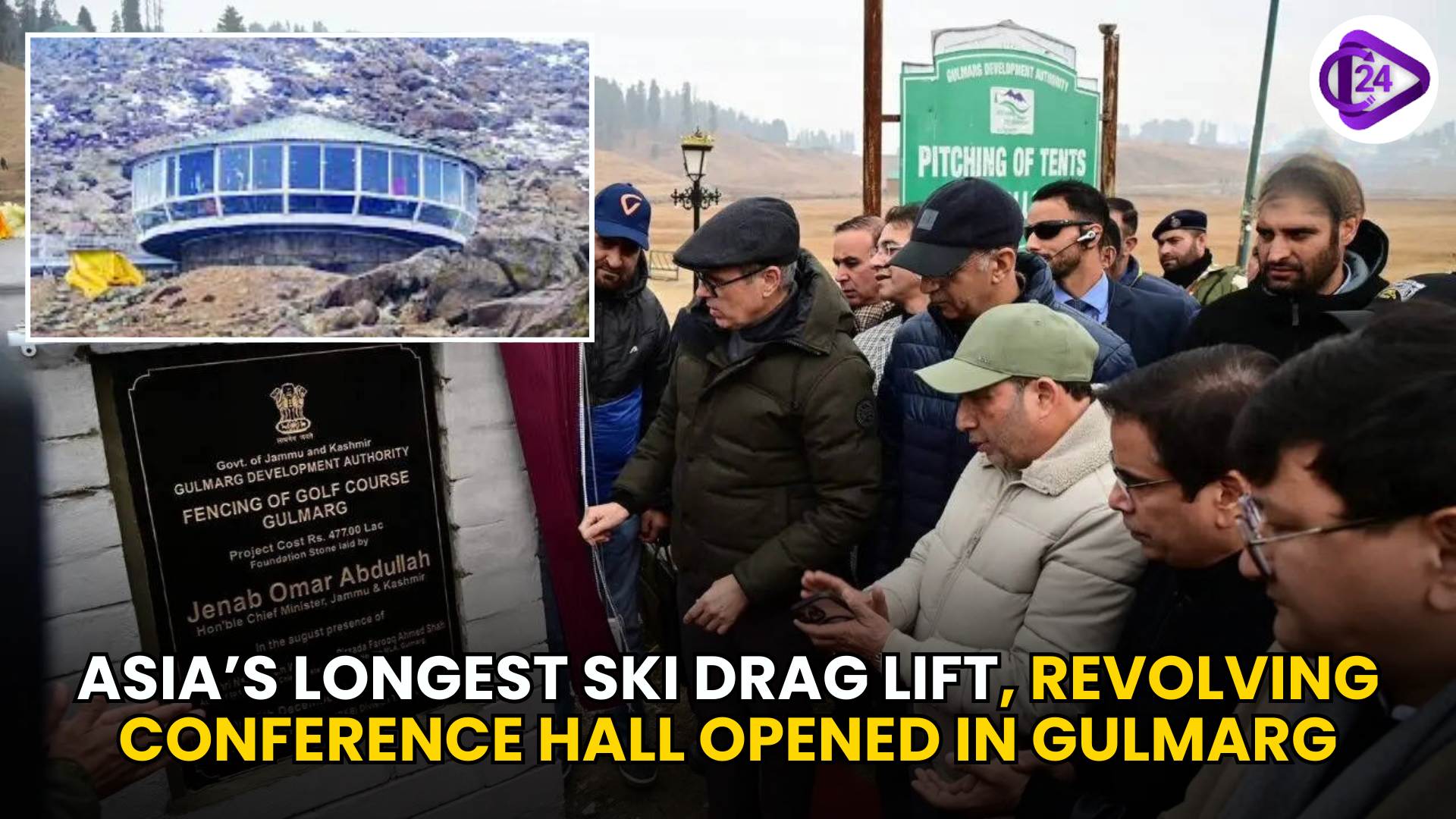 Gulmarg Gets Asia’s Longest Ski Drag Lift and First Revolving Conference Hall
Gulmarg Gets Asia’s Longest Ski Drag Lift and First Revolving Conference Hall Chhattisgarh Gets Its First Ramsar Site with Kopra Reservoir Declaration
Chhattisgarh Gets Its First Ramsar Site with Kopra Reservoir Declaration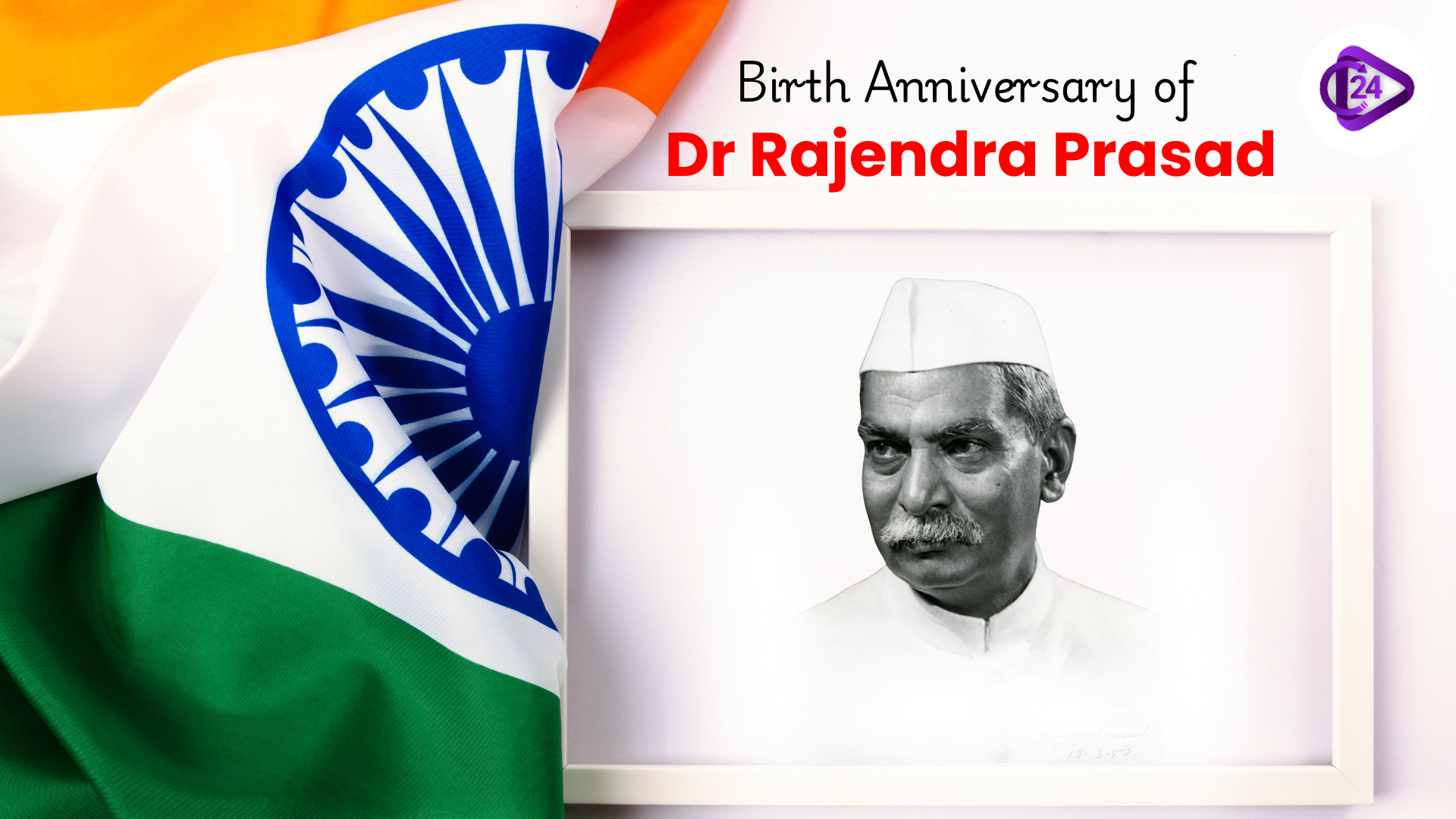 Birth Anniversary of Dr Rajendra Prasad
Birth Anniversary of Dr Rajendra Prasad Tessy Thomas Achieves Major Recognition With Dr Paulos Mar Gregorios Award 2025
Tessy Thomas Achieves Major Recognition With Dr Paulos Mar Gregorios Award 2025 Ramban Sulai Honey GI Tag: A Major Win for Traditional Beekeeping
Ramban Sulai Honey GI Tag: A Major Win for Traditional Beekeeping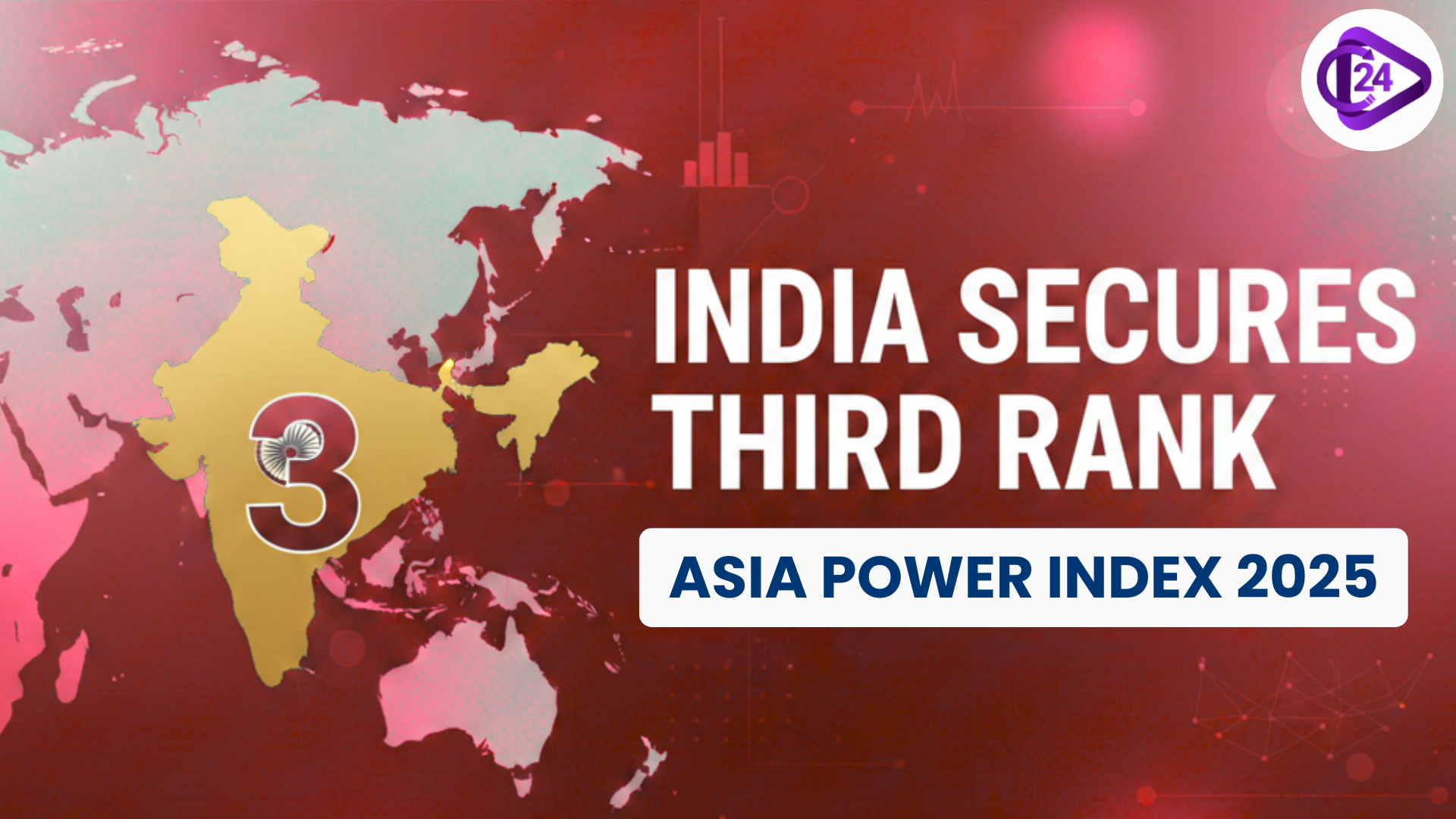 India Secures Third Rank in Asia Power Index 2025
India Secures Third Rank in Asia Power Index 2025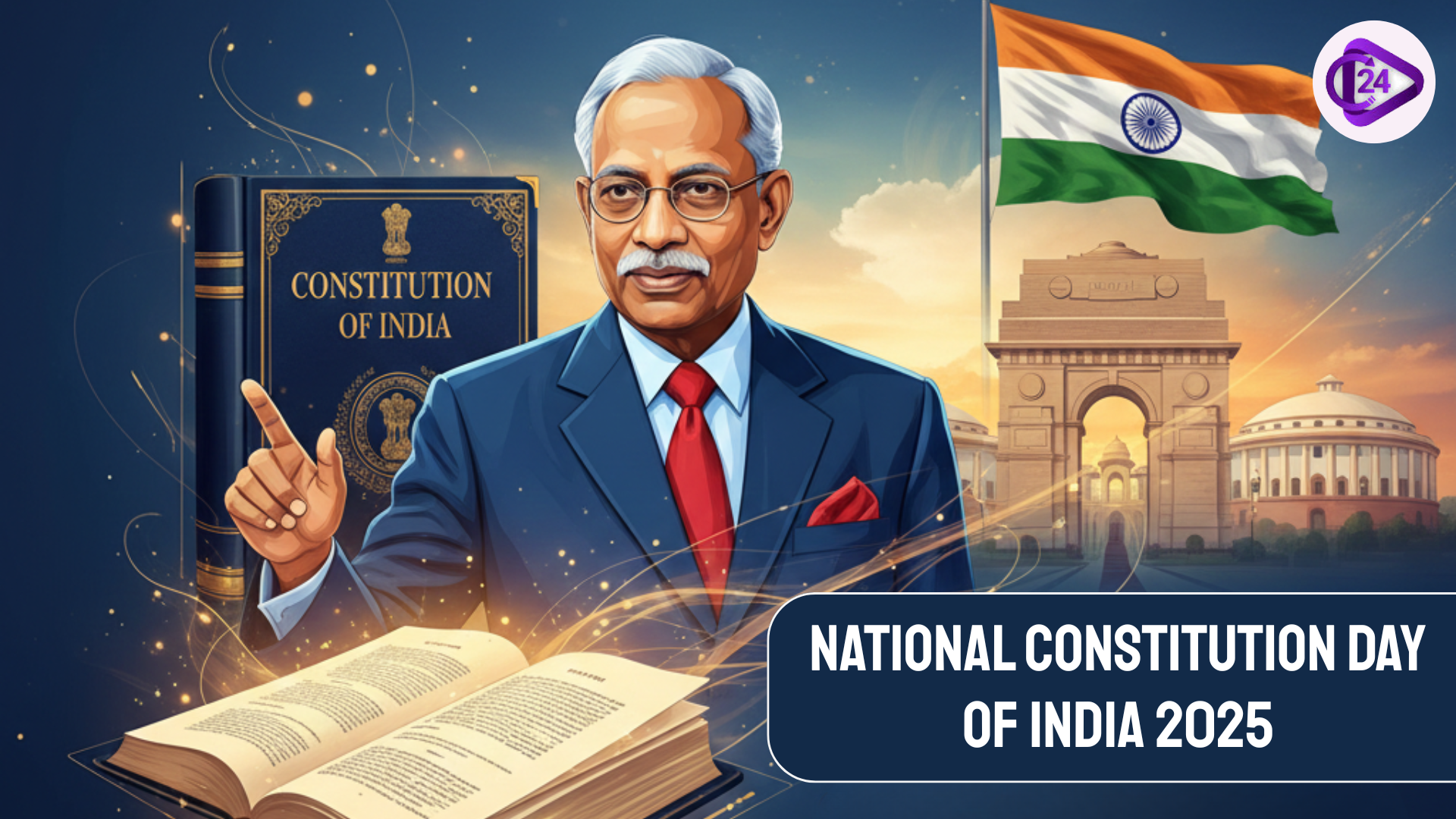 Constitution Day of India 2025: History, Meaning and Timeline Explained
Constitution Day of India 2025: History, Meaning and Timeline Explained India Launches ₹7,280 Crore Initiative to Develop Rare Earth Magnet Manufacturing
India Launches ₹7,280 Crore Initiative to Develop Rare Earth Magnet Manufacturing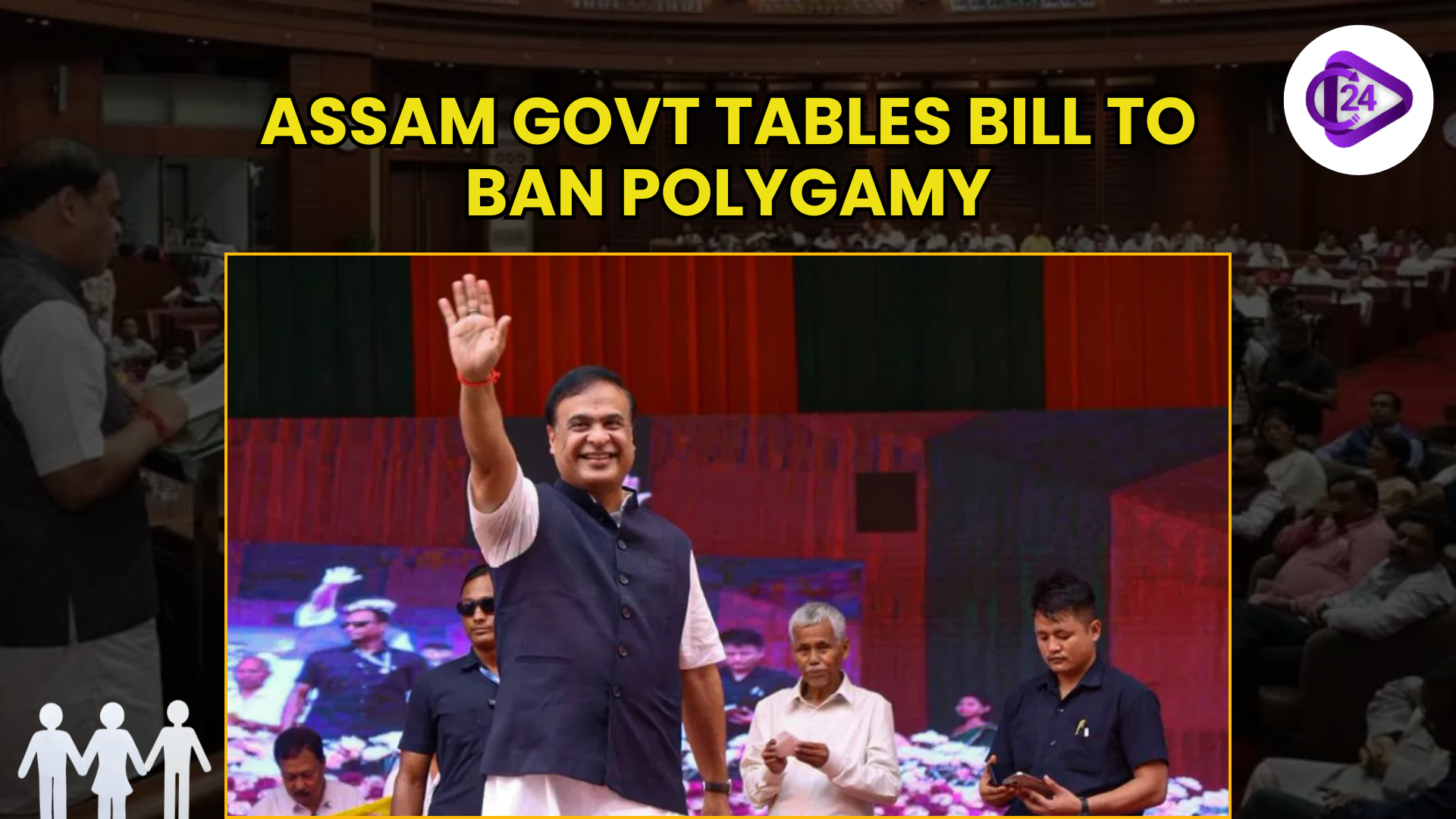 Assam Government Introduces Bill to Ban Polygamy with Strict Penalties
Assam Government Introduces Bill to Ban Polygamy with Strict Penalties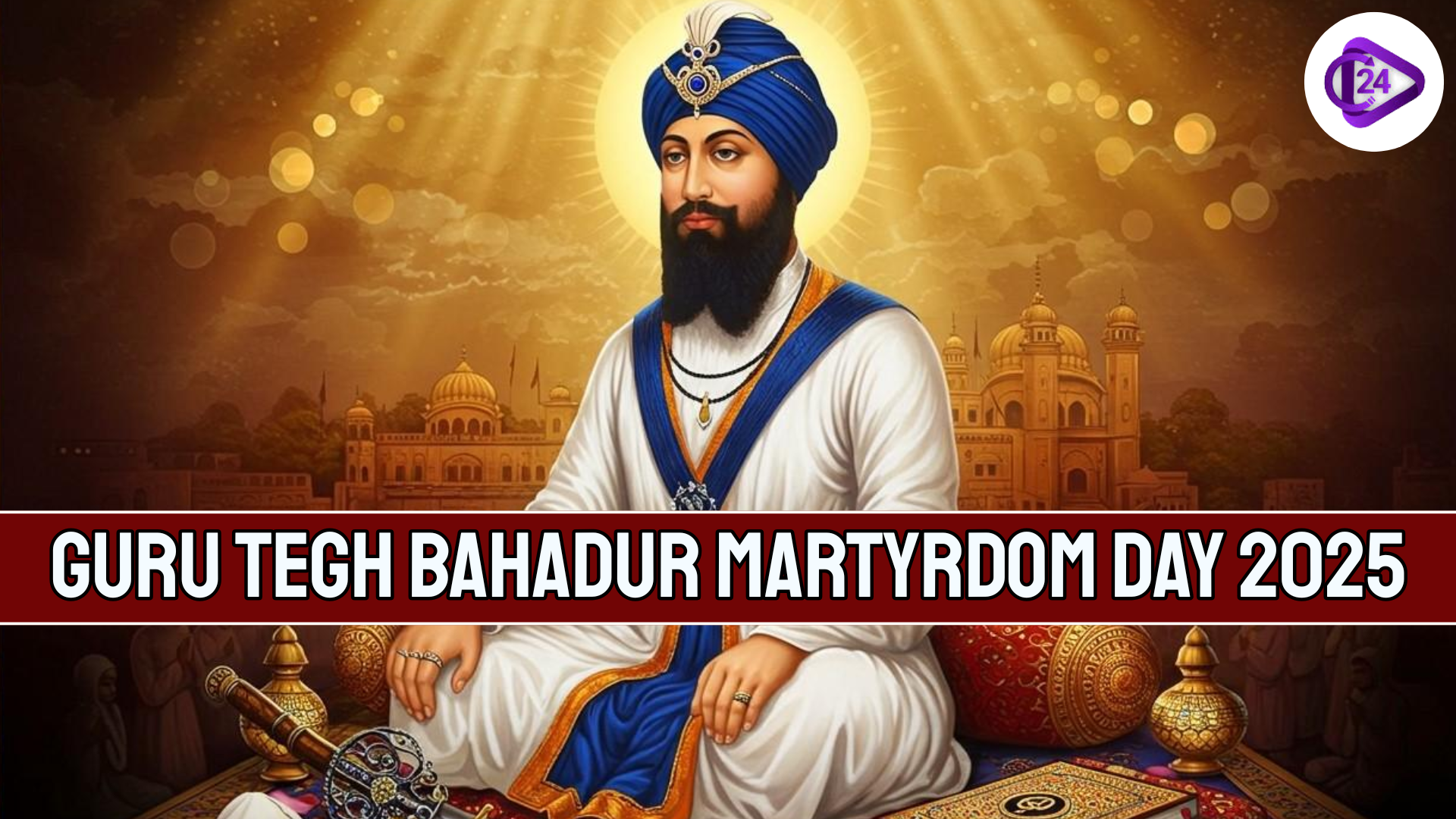 Guru Tegh Bahadur Martyrdom Day 2025 A Tribute to Courage and Spiritual Strength
Guru Tegh Bahadur Martyrdom Day 2025 A Tribute to Courage and Spiritual Strength






